Penile Injuries in Wild and Domestic Pigs
Abstract
:Simple Summary
Abstract
1. Introduction
2. Materials and Methods
2.1. Strategy of the Investigation
2.2. Samples from Boars and Barrows Kept in Experimental Farms
2.3. Samples from Domestic Boars (DB)
2.4. Samples from Wild Boars (WB)
2.5. Evaluation of Samples
2.6. Statistical Analysis
3. Results
3.1. Incidence and Size of Penile Injuries in Experimental Farms
3.2. Incidence of Penile Injuries at Commercial Farms
3.3. Penile Injuries in Wild Boars
4. Discussion
5. Conclusions
Acknowledgments
Author Contributions
Conflicts of Interest
References
- Anonymous. European Declaration on Alternatives to Surgical Castration of Pigs. Available online: http://www.alternativepig.eu/fileadmin/user_upload/PDF/Declaration/castration_pigs_declaration_en.pdf (accessed on 9 March 2016).
- Hintze, S.; Scott, D.; Turner, S.P.; Meddle, S.L.; D’Eath, R.B. Mounting behaviour in finishing pigs: Stable individual differences are not due to dominance or stage of sexual development. Appl. Anim. Behav. Sci. 2013. [Google Scholar] [CrossRef]
- Fredriksen, B.; Lium, B.M.; Marka, C.H.; Heier, B.T.; Dahl, E.; Choinski, J.U.; Nafstad, O. Entire male pigs in farrow-to-finish pens—Effects on animal welfare. Appl. Anim. Behav. Sci. 2006, 110, 258–268. [Google Scholar] [CrossRef]
- Rydhmer, L.; Hansson, M.; Lundstrom, K.; Brunius, C.; Andersson, K. Welfare of entire male pigs is improved by socialising piglets and keeping intact groups until slaughter. Animal 2013, 7, 1532–1541. [Google Scholar] [CrossRef] [PubMed]
- Giersing, M.; Lundström, K.; Andersson, A. Social effects and boar taint: Significance for production of slaughter boars (Sus scrofa). J. Anim. Sci. 2000, 78, 296–305. [Google Scholar] [PubMed]
- Fredriksen, B.; Hexeberg, C. The effect of removing animals for slaughter on the behavior of the remaining male and female pigs in the pen. Res. Vet. Sci., 2009, 86, 368–370. [Google Scholar] [CrossRef] [PubMed]
- Rydmer, L.; Zamaratskaia, G.; Andersseon, H.K.; Algers, B.; Guillemet, R.; Lundström, K. Aggressive and sexual behaviour of growing and finishing pigs reared in groups, without castration. Acta Agric. Scand. 2006, 56, 109–119. [Google Scholar] [CrossRef]
- Brunius, C. Early Immunocastration of Male Pigs: Effects on Physiology, Performance and Behaviour. Ph.D. Thesis, Swedish University of Agricultural Sciences, Uppsala, Sweden, 2011. [Google Scholar]
- Jackson, P.G.G.; Cockcroft, P.D. Handbook of Pig Medicine, 1st ed.; Elsevier: Philadelphia, PA, USA, 2007; pp. 11–201. [Google Scholar]
- Isernhagen, M.; Ritzmann, M.; Stark, J.; Zoels, S. The fattening of entire male pigs under conventional housing conditions. Tierarztl Prax 2015, 96, 914–922. [Google Scholar]
- Isernhagen, M. The Fattening of Entire Male Pigs under Conventional Housing Conditions—Impact on Animal Health and Animal Welfare. Ph.D. Thesis, Ludwig-Maximilians-University, Munich, Germany, 2014. [Google Scholar]
- Hühn, U. Sex characteristics of young boars during puberty. Nutztierpraxis Aktuell 2013, 44, 4–10. [Google Scholar]
- Weiler, U.; Dehnhard, M.; Hofaecker, S.; Claus, R. Influence of a light programme on metabolicaly active hormones and food intake in domestic pigs compared to a wild boar. Can. J. Anim. Sci. 1996, 76, 531–539. [Google Scholar] [CrossRef]
- Weiler, U.; Claus, R.; Louveau, I.; Schnoebelen-Combes, S. Influence of age and genotype on endocrine parameters and growth performance: A comparative study in Wild boars, Meishan and Large White boars. Livestock Prod. 1998, 54, 21–31. [Google Scholar] [CrossRef]
- Mauget, R. Ecological, behavioural and reproductive regulation of wild boars, Sus scrofa, on environmental adaption. Ph.D. Thesis, François Rabelais University, Tours, France, 1980. [Google Scholar]
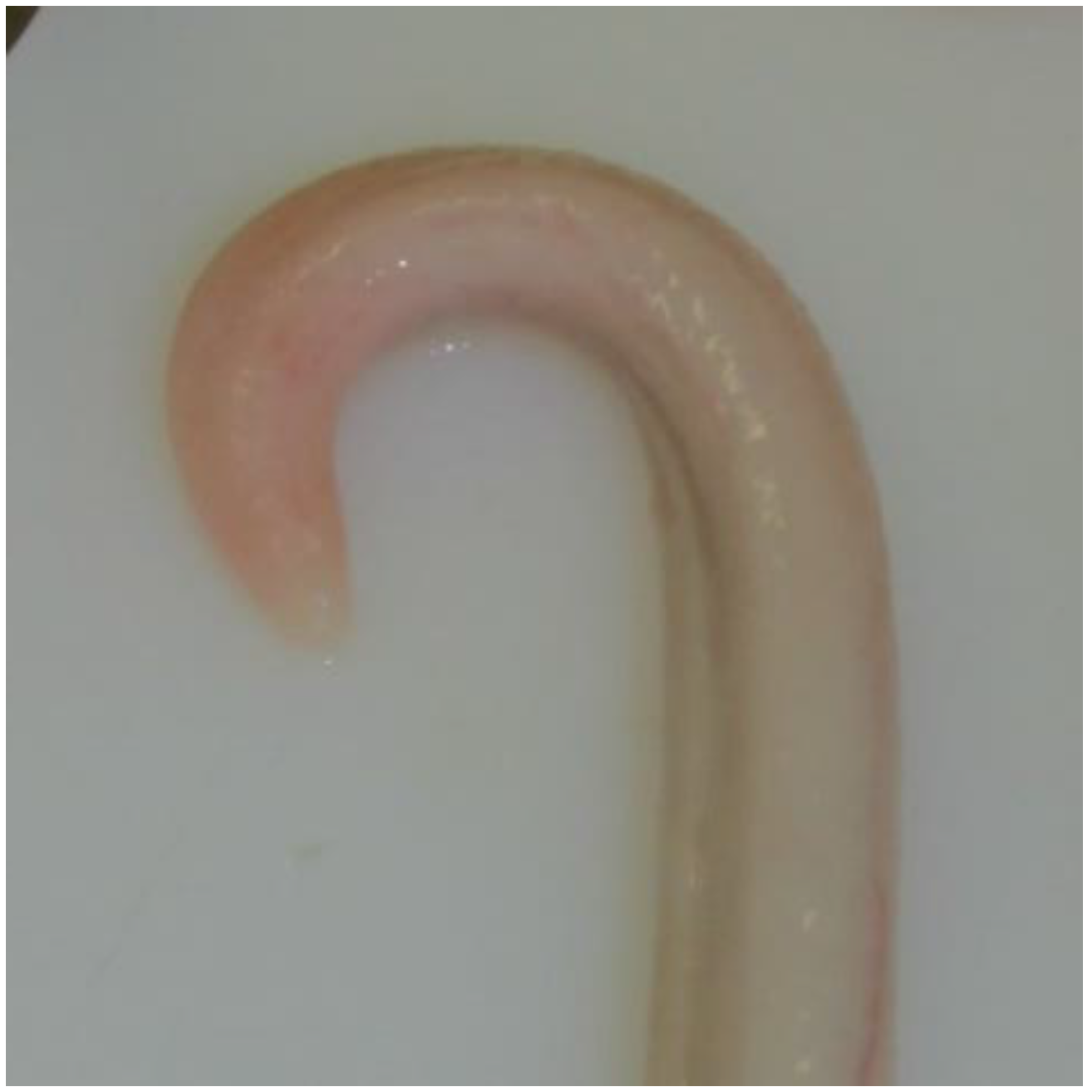
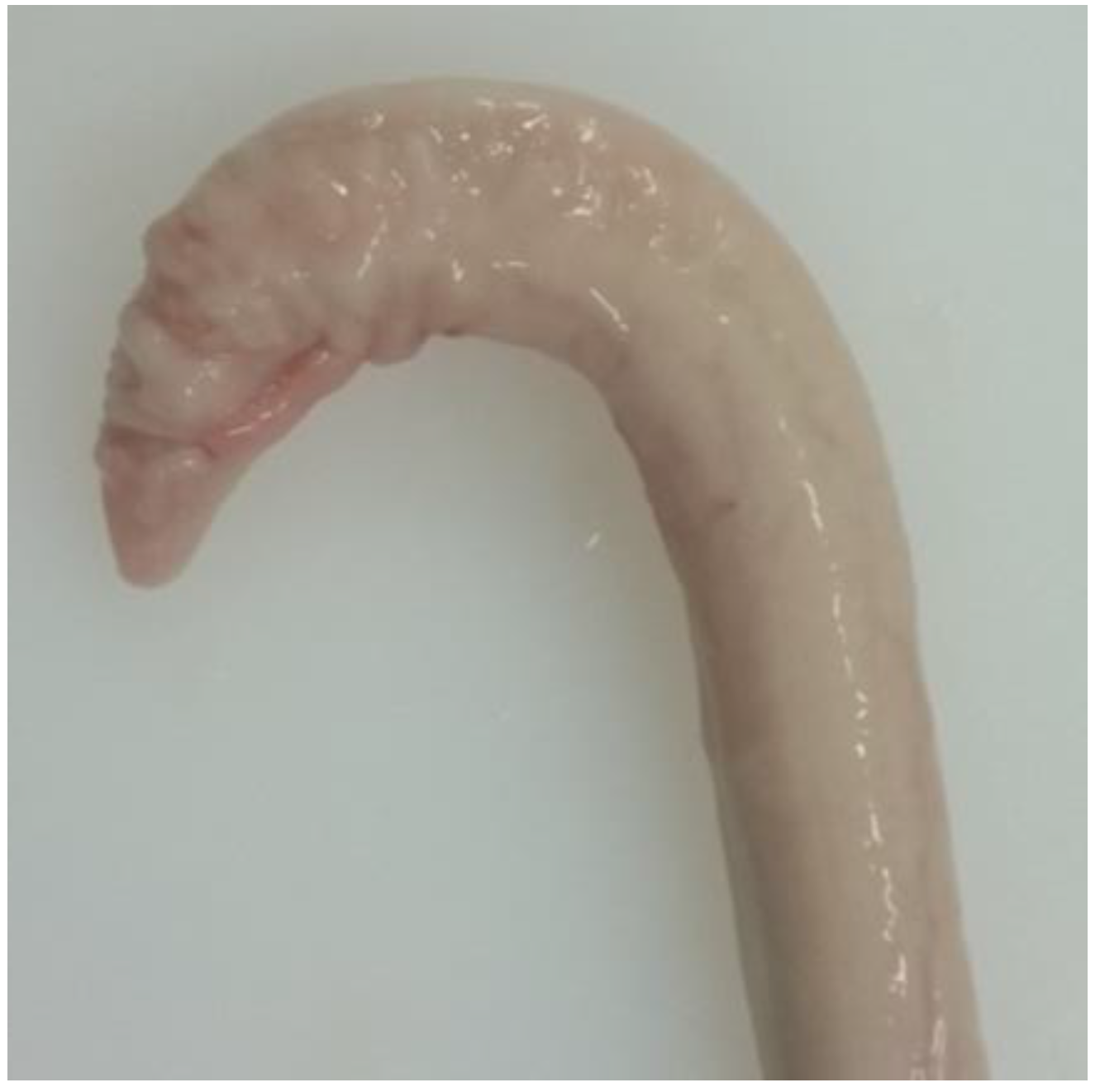
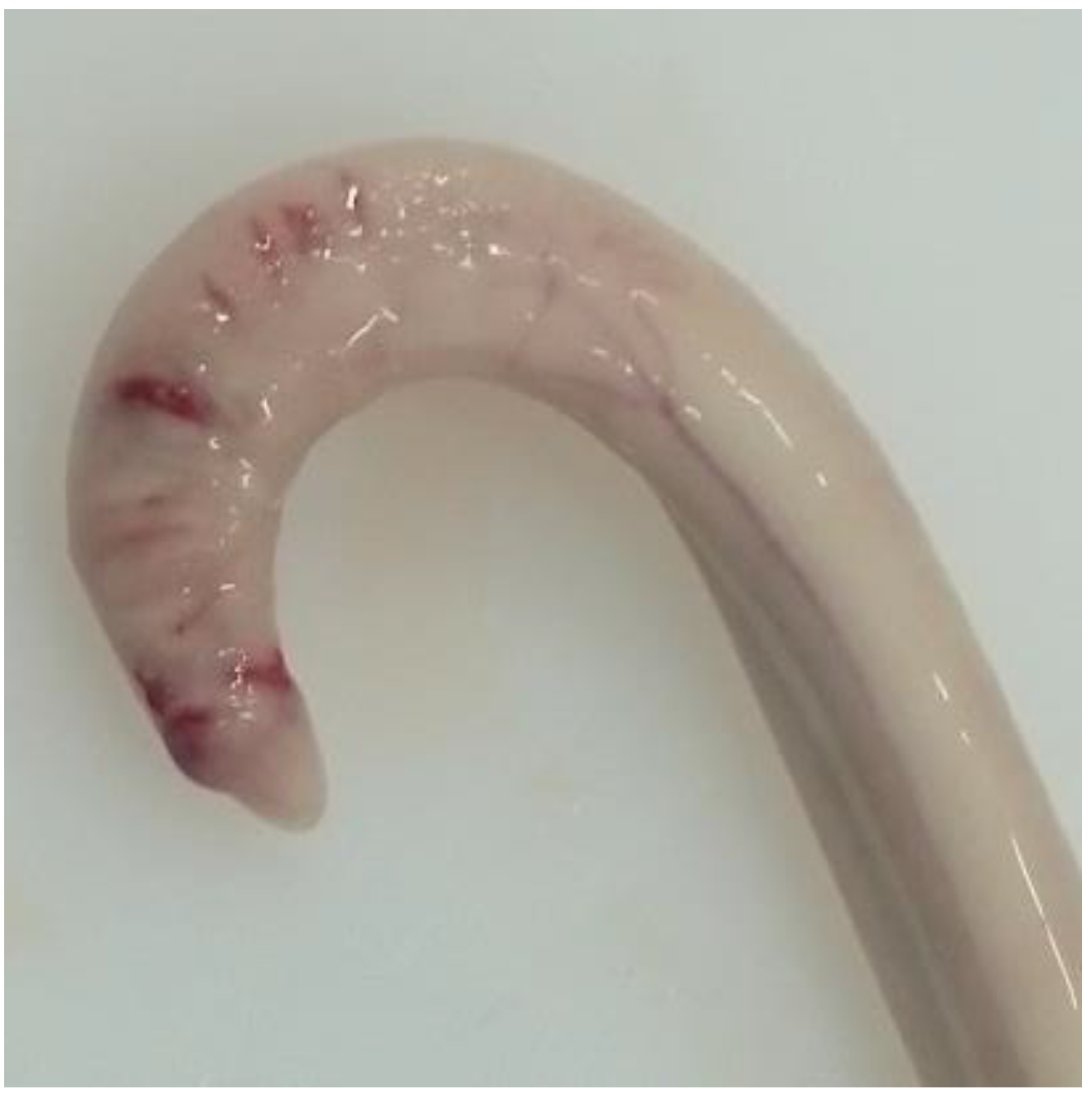
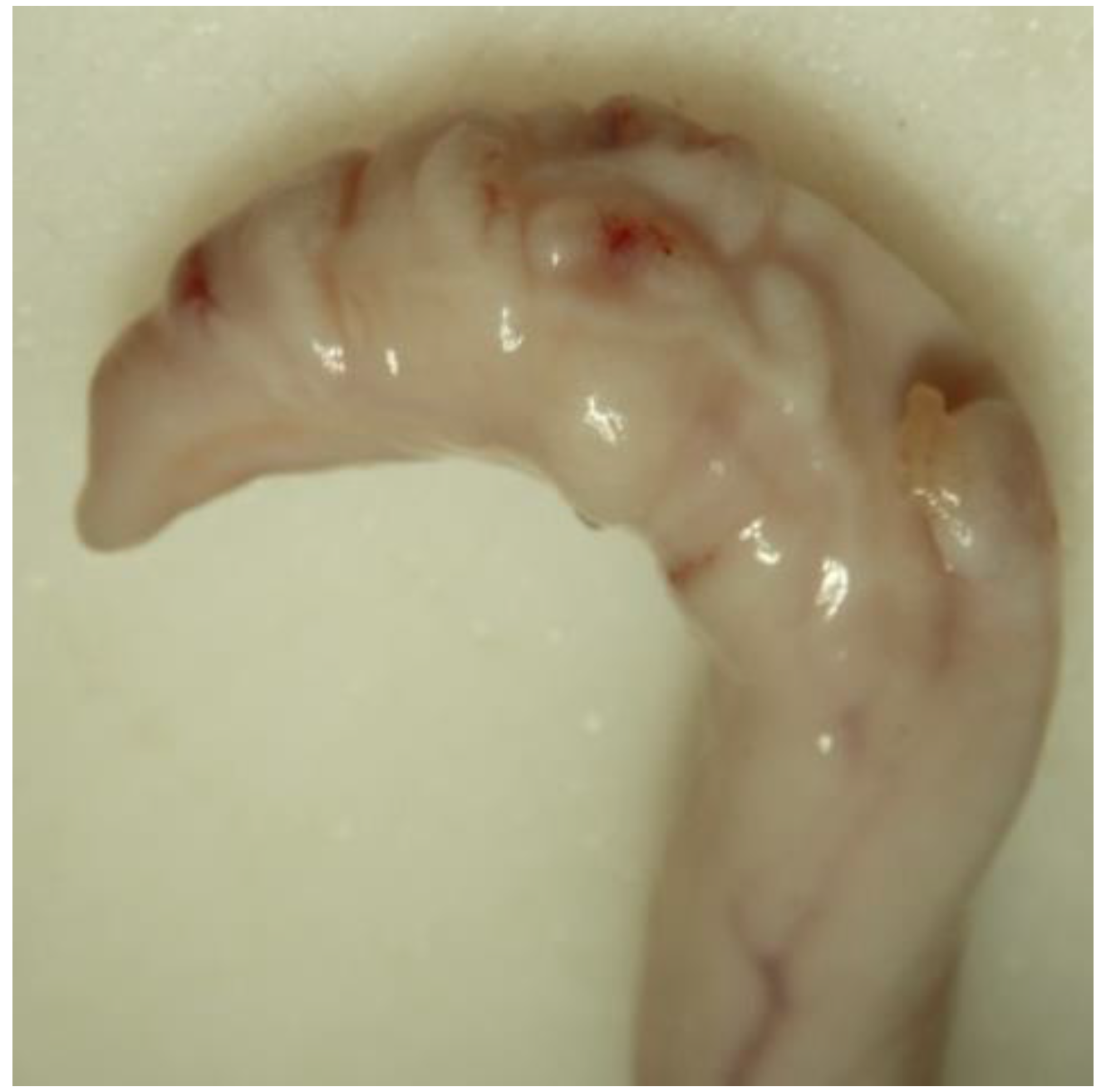

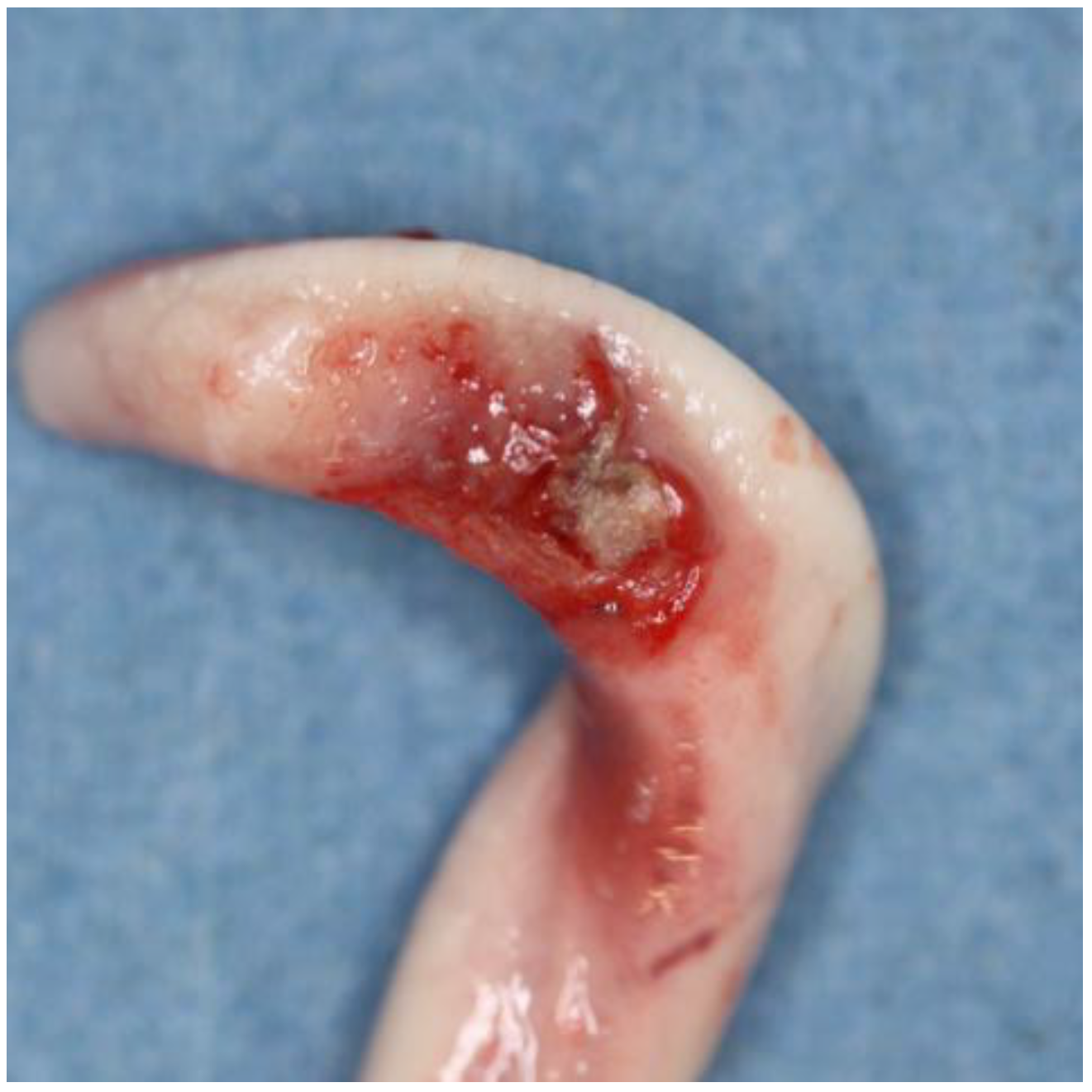
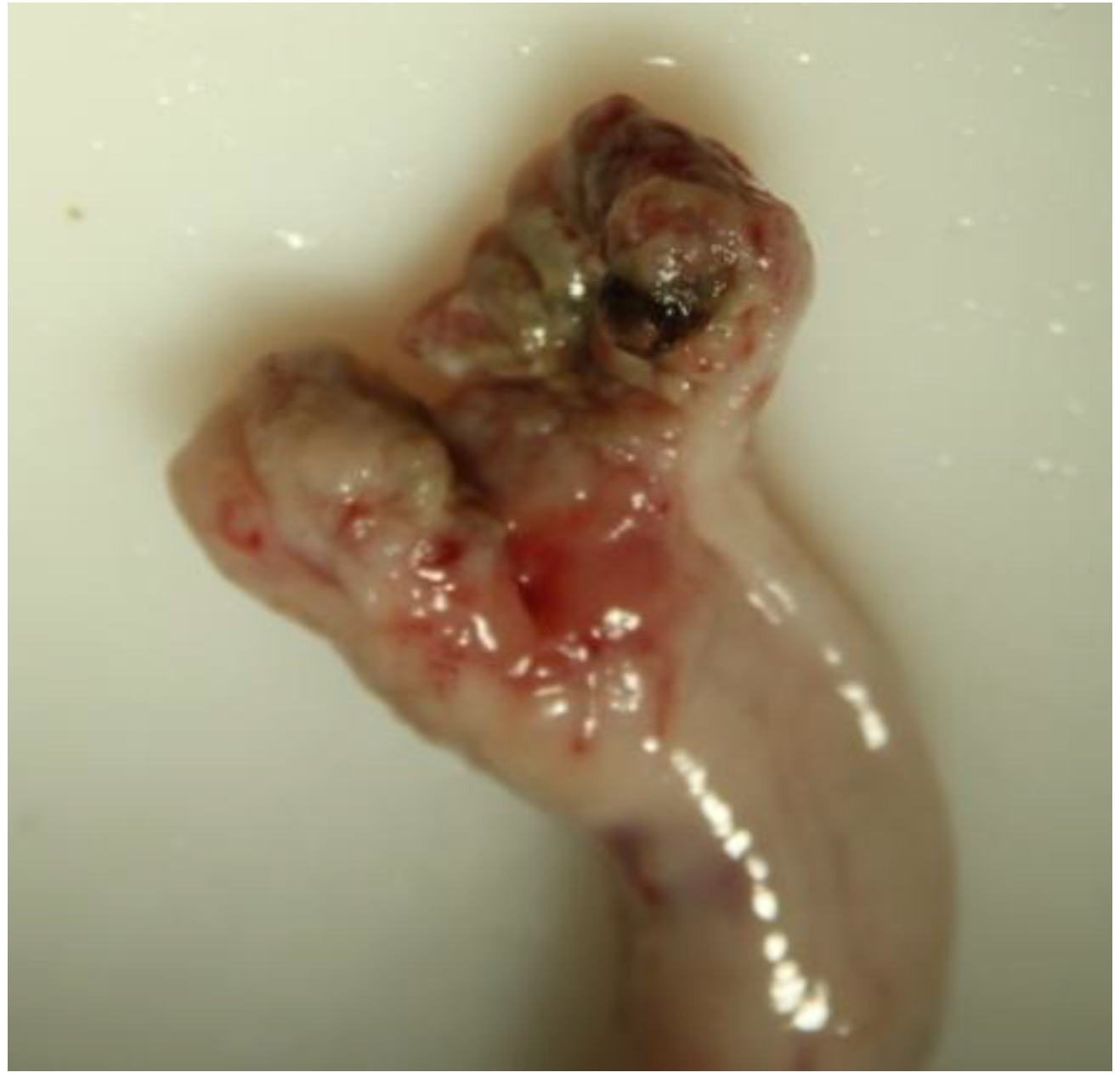
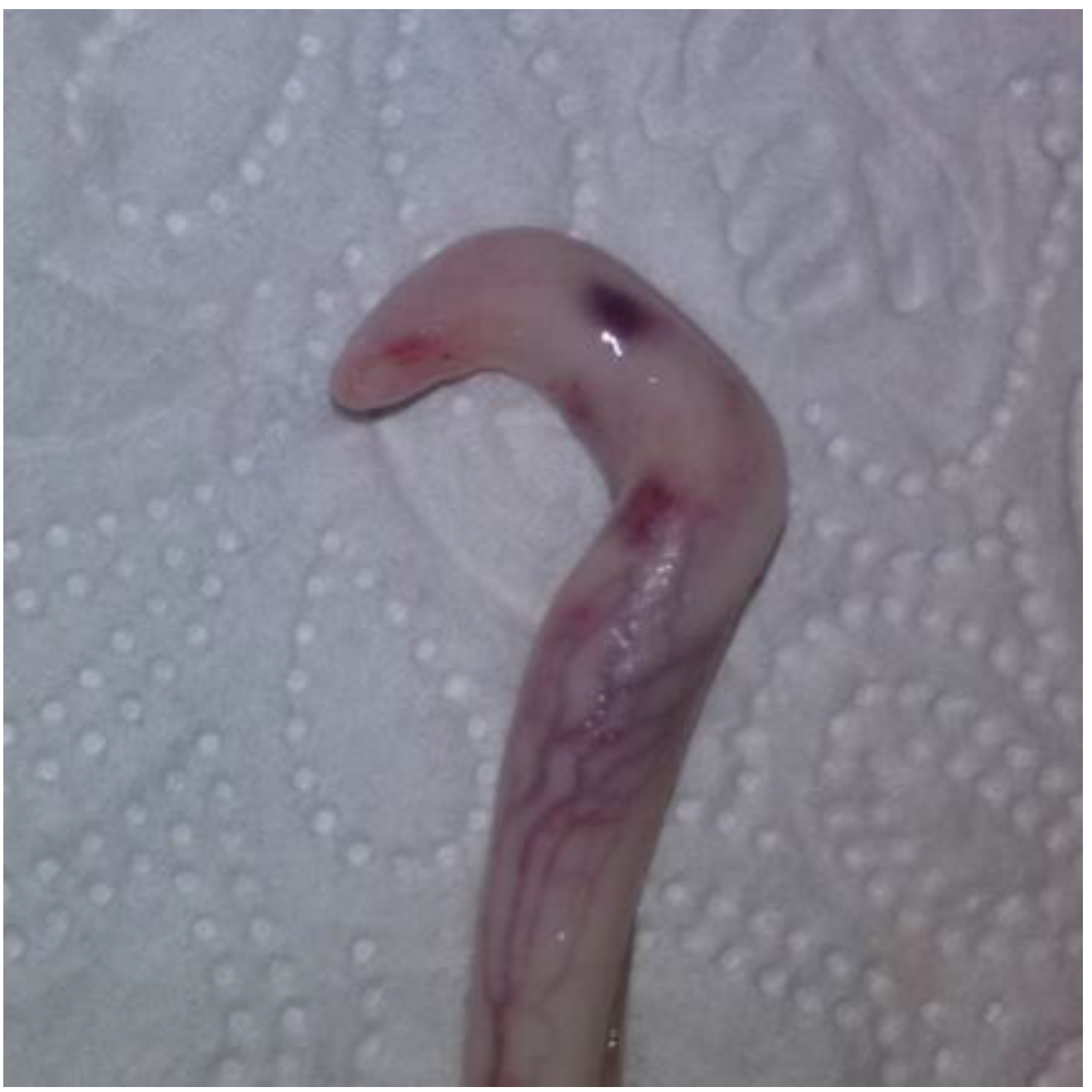
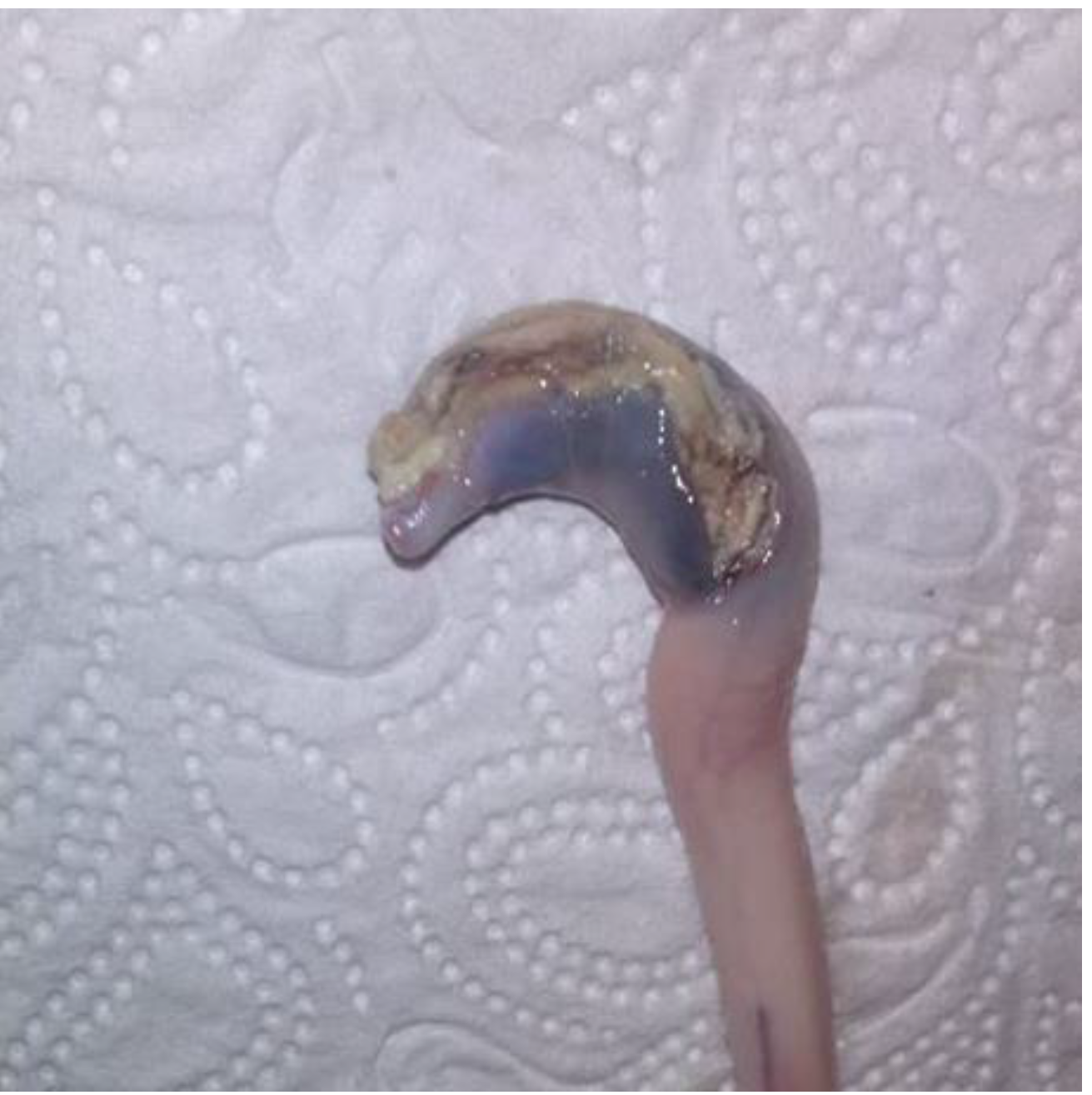
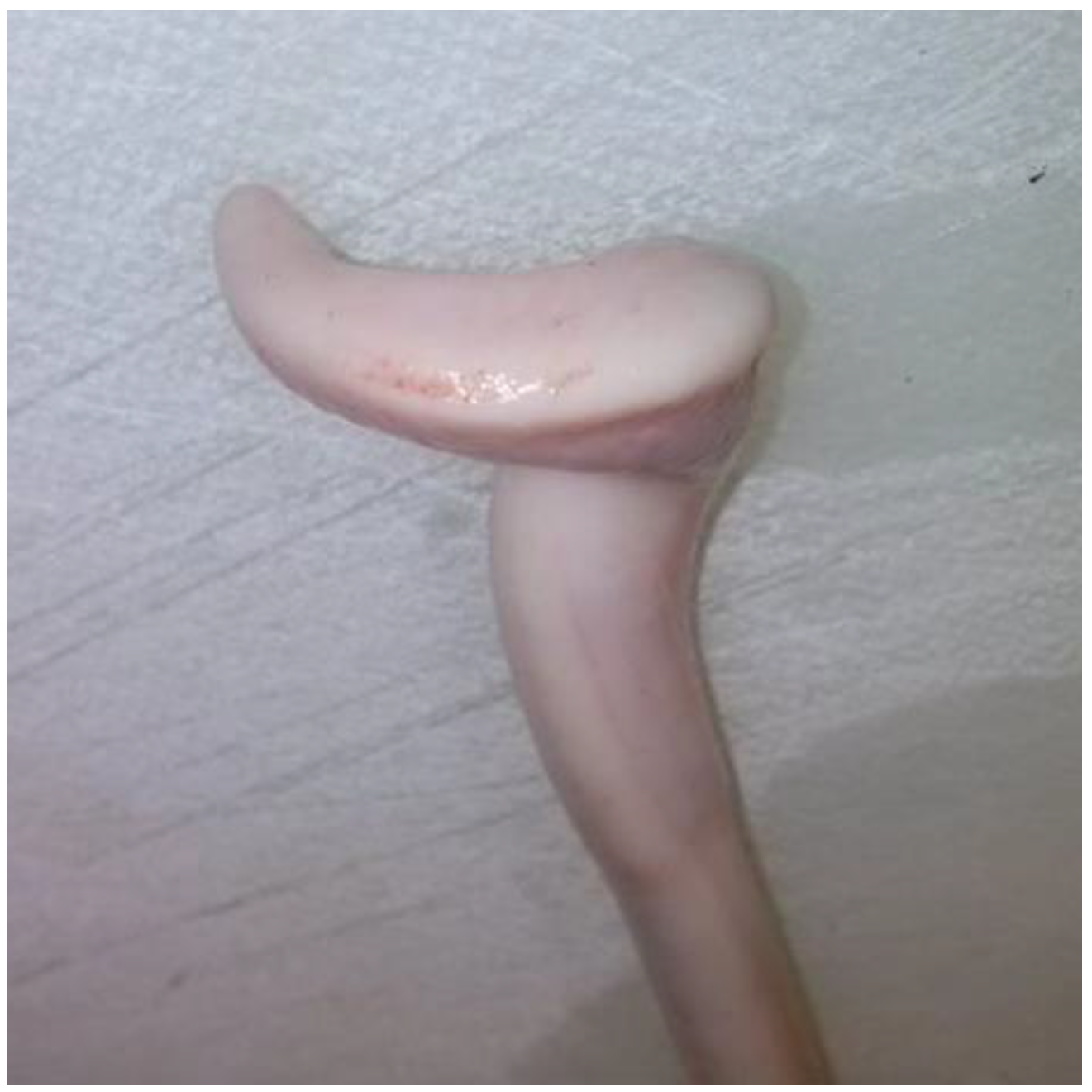
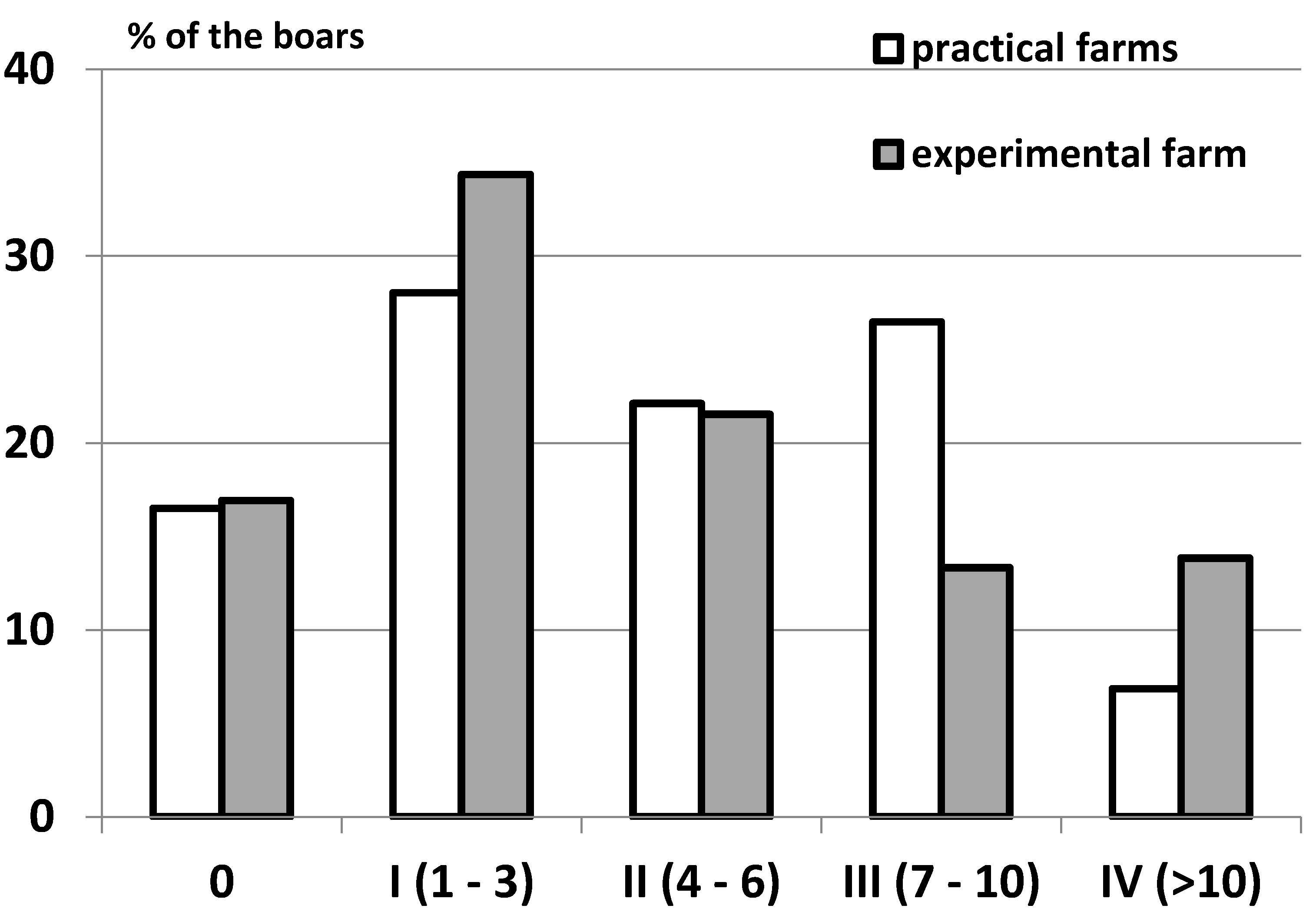
| Farm | n | Animals/Pen | m2/Animal | Age (d) | Slaughter Weight (kg) | Lesion Score/Animal | % Animals with Severe Injuries | % Animals without Lesions |
|---|---|---|---|---|---|---|---|---|
| E1 | 146 | 21 | 0.75 | 195.6 ± 14.4 | 92.3 + 9.3 | 2.08 ± 1.36 | 4.1 | 13.0 |
| E2 | 193 | 24 | 0.81 | 190.7 ± 8.8 | 94.0 ± 7.4 | 1.39 ± 1.14 | 5.2 | 23.3 |
| E3 | 46 | 28 | 1.70 | 187.0 ± 7.1 | 98.9 ± 7.3 | 1.85± 1.19 | 8.7 | 8.7 |
| Total | 385 | 2.34 | 0.89 | 192.2 ± 0.5751 | 93.9 ± 0.567 | 1.70 ± 0.065 | 5.2 | 17.7 |
| Farm | n | % of Animals with Different Sizes (cm) of the Major Injury | |||
|---|---|---|---|---|---|
| 0.1–0.3 | 0.4–0.6 | 0.7–1.0 | >1.0 | ||
| E1 | 127 (146) | 22.8 | 57.5 | 15.0 | 4.7 |
| E2 | 148 (193) | 40.5 | 41.2 | 12.2 | 6.1 |
| E3 | 42 (46) | 26.2 | 40. 5 | 23.8 | 9.5 |
| Total | 317 (385) | 31.5 | 47.6 | 14.8 | 6.0 |
| Farm | n | Animals/Pen | Age (d) | Slaughter Weight (kg) | Number of Scars/Animal | Number of Fresh Wounds/Animal | % Animals with Severe Injuries | % Animals without Lesions |
|---|---|---|---|---|---|---|---|---|
| F1 | 25 | 42 | 170 | 95.5 | 2.08 ± 2.06 | 1.08 ± 2.00 | 4.0 | 20.0 |
| F2 | 25 | 37 | 205 | 93.3 | 3.32 ± 2.23 | 2.44 ± 2.62 | 16.0 | 12.0 |
| F3 | 24 | 13 | 150 | 92.9 | 1.32± 1.87 | 1.24 ± 1.83 | 4.0 | 36.0 |
| F4 | 39 | 17 | 200 | 95 | 4.10± 2.67 | 1.51 ± 1.52 | 25.6 | 5.1 |
| F5 | 45 | 13 | 205 | 96 | 5.18 ± 2.60 | 1.09 ± 1.18 | 13.3 | 6.7 |
| F6 | 27 | 10 | 190 | 94.8 | 2.78 ± 2.91 | 1.26 ± 1.38 | 7.4 | 25.9 |
| F7 | 31 | 20 | 197 | 93.8 | 2.45 ± 3.10 | 1.68 ± 2.02 | 12.9 | 16.1 |
| F8 | 30 | 23 | 150 | 93.2 | 2.87 ± 2.76 | 1.07 ± 1.53 | 6.7 | 20.0 |
| F9 | 24 | 35 | 155 | 95.5 | 3.42 ± 2.54 | 1.54 ± 1.93 | 4.2 | 8.3 |
| F10 | 25 | 13 | 155 | 94.7 | 3.88 ± 2.83 | 1.20 ± 1.44 | 8.0 | 12.0 |
| F11 | 25 | 18 | 184 | 91.7 | 3.52 ± 3.31 | 1.60 ± 2.18 | 0.0 | 32.0 |
| Total | 321 | 21.9 | 178.3 | 94.2 | 3.17 ± 0.150 1 | 1.43 ± 0.10 1 | 9.28 ± 6.88% | 17.65 ± 9.78% |
© 2016 by the authors; licensee MDPI, Basel, Switzerland. This article is an open access article distributed under the terms and conditions of the Creative Commons by Attribution (CC-BY) license (http://creativecommons.org/licenses/by/4.0/).
Share and Cite
Weiler, U.; Isernhagen, M.; Stefanski, V.; Ritzmann, M.; Kress, K.; Hein, C.; Zöls, S. Penile Injuries in Wild and Domestic Pigs. Animals 2016, 6, 25. https://doi.org/10.3390/ani6040025
Weiler U, Isernhagen M, Stefanski V, Ritzmann M, Kress K, Hein C, Zöls S. Penile Injuries in Wild and Domestic Pigs. Animals. 2016; 6(4):25. https://doi.org/10.3390/ani6040025
Chicago/Turabian StyleWeiler, Ulrike, Marie Isernhagen, Volker Stefanski, Mathias Ritzmann, Kevin Kress, Charlotte Hein, and Susanne Zöls. 2016. "Penile Injuries in Wild and Domestic Pigs" Animals 6, no. 4: 25. https://doi.org/10.3390/ani6040025





